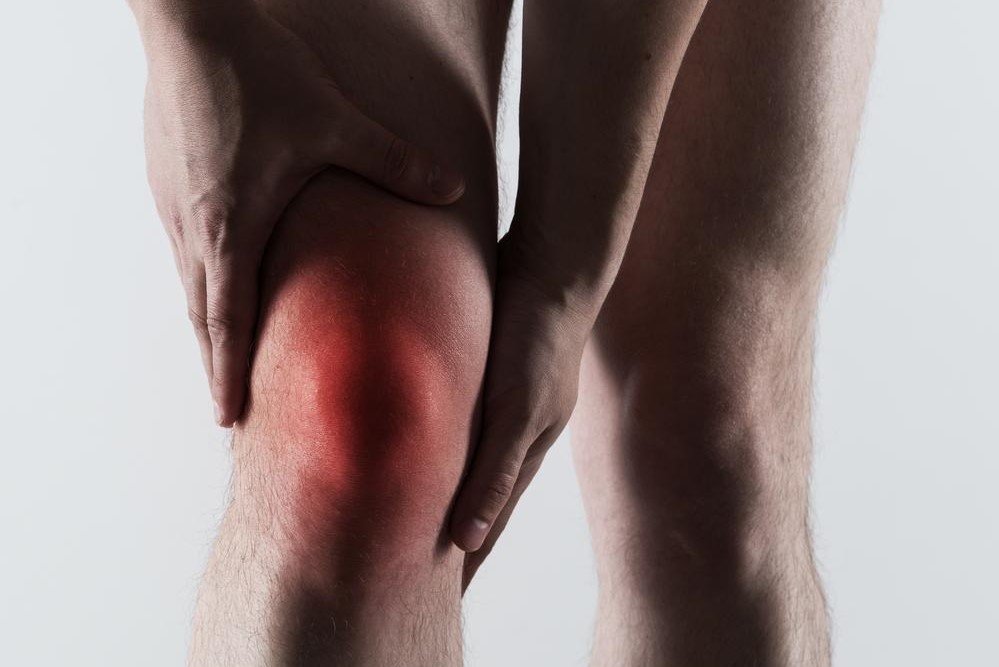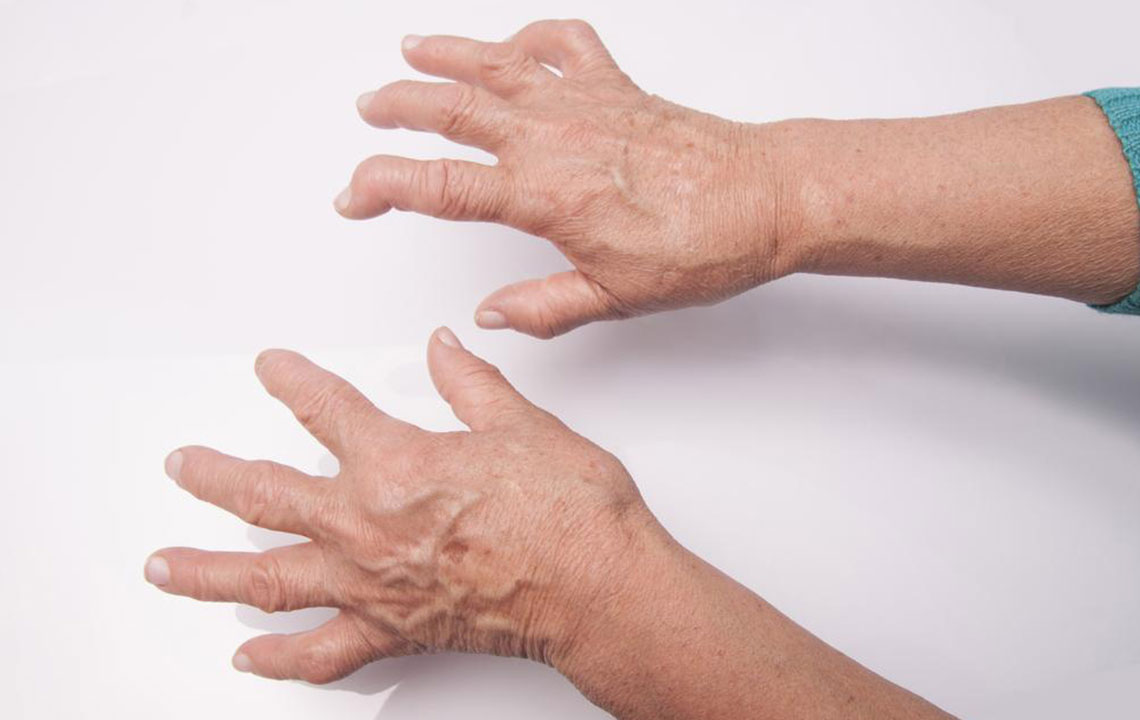Understanding the Differences Between Rheumatoid Arthritis and Gout: Symptoms, Causes, and Treatments
This article explains the key differences between rheumatoid arthritis and gout, focusing on their symptoms, causes, and treatment options. It highlights how to distinguish between these conditions, especially since they often affect similar joints like the feet. The piece details diagnostic approaches and available treatments, emphasizing the importance of accurate diagnosis for effective management. Understanding these differences can lead to timely intervention, reducing pain and preventing further complications associated with both diseases.

Understanding Rheumatoid Arthritis and Gout: Key Symptoms, Origins, and Remedies
Over 54 million Americans live with arthritis, a condition that leads to significant disability. Among its many forms, rheumatoid arthritis (RA) and gout are often mistaken due to their overlapping symptoms of joint inflammation. Both typically target joints in the feet, making diagnosis challenging. Recognizing the distinctive signs of each illness is crucial for timely treatment. Read on to explore symptoms, causes, and treatment options for rheumatoid arthritis and gout, and learn how to differentiate between these painful conditions.
Differences in Symptoms and Causes
Rheumatoid Arthritis (RA): An autoimmune disorder characterized by persistent joint swelling, pain, tenderness, and stiffness. It initially affects smaller joints like fingers and toes, but as it progresses, larger joints – wrists, elbows, shoulders, hips, and knees – may become involved. RA can also impact other organs, including the heart, lungs, and eyes, increasing the risk of additional health issues. The exact cause remains unknown, but genetics, environment, and lifestyle factors are believed to contribute. Approximately 1.3 million Americans suffer from RA, predominantly women.
Gout: A form of arthritis commonly seen in the big toe, with possible involvement of ankles and foot tops, and occasionally other joints. Gout presents as sudden and intense episodes of pain, often peaking within 4–12 hours. It results from urate crystal deposits formed when high uric acid levels—produced during purine breakdown—crystallize. Foods rich in purines, such as seafood, red meats, alcohol, and certain vegetables, can trigger attacks. Around 8.3 million people are affected, with men more frequently impacted than women.
Why Are RA and Gout Often Confused?
Affected joints: Gout usually involves one joint, often the big toe, while RA involves multiple joints and can affect other systems.
Symptoms: Both cause joint pain and swelling, but gout attacks are sudden and excruciating, whereas RA develops gradually, affecting other organs over time.
Diagnostic Approaches
Blood tests measuring ESR, CRP, uric acid, and creatinine can help identify inflammation and urate levels but are not definitive alone.
Imaging techniques like X-rays, MRI, ultrasound, and dual-energy CT scans assist in visualizing joint damage and crystal deposits.
Treatment Strategies for Foot Pain
Rheumatoid arthritis: Medications such as NSAIDs, corticosteroids, DMARDs, and biologics reduce inflammation and slow disease progression. Physical therapy and, in severe cases, surgery (e.g., joint repair or replacement) can relieve symptoms and correct deformities.
Gout: NSAIDs and corticosteroids manage acute pain. Preventative measures include medications like xanthine oxidase inhibitors and uricosurics to control uric acid levels and reduce future attacks.
Tags: arthritis treatment, gout management, rheumatoid arthritis diagnosis, foot pain relief










